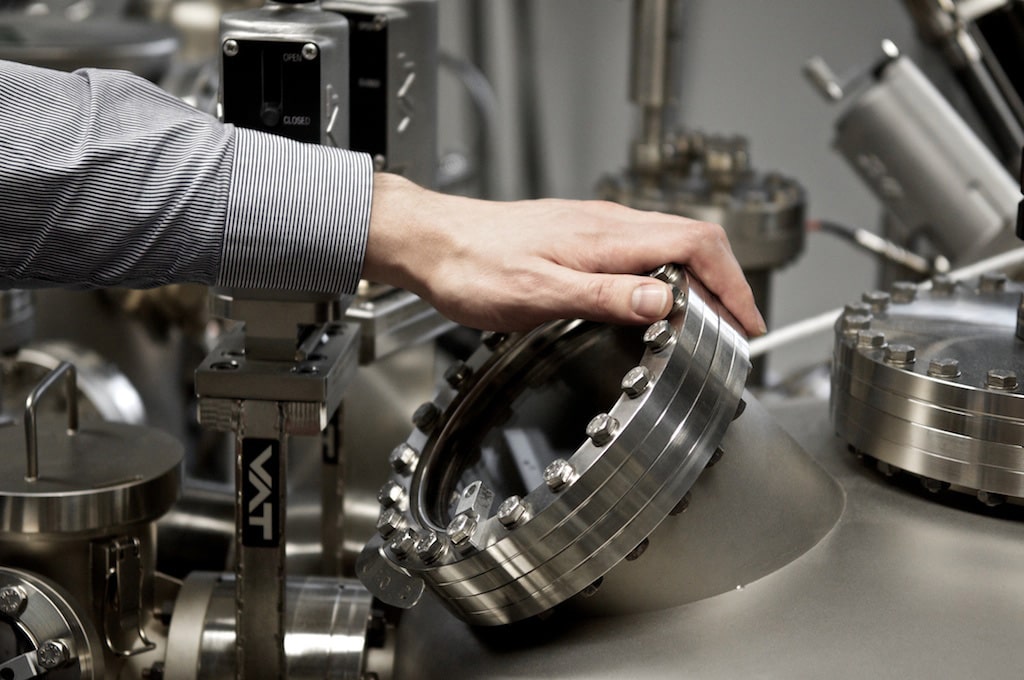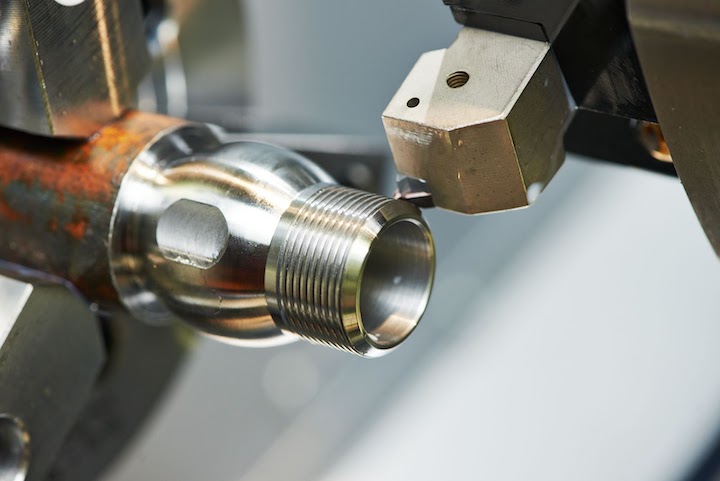CNC Machining: Precision Manufacturing for the Fashionable Era
CNC Machining: Precision Manufacturing for the Fashionable Era
Blog Article
CNC machining is among the most transformative technologies in modern manufacturing. It has revolutionized the way manufacturing companies produce components and pieces and components, delivering a level of precision, efficiency and flexibility that's unmatched by traditional methods. CNC machining employs computerized control and machines to carry out various jobs like cutting, drilling, milling and grinding on a variety of materials, from plastics and metals to composites and wood. Through automation of the process, CNC machining eliminates many problems and inconsistencies associated with manual operations. The result is a system that can produce highly precise parts more quickly as well as with more consistency, driving innovation in industries including aerospace, consumer electronics and even aviation.
The core feature of CNC machining is the ability to convert digital designs into physical parts. With the help of computer-aided designing (CAD) software designers and engineers create detailed 3D models of the intended part. This digital design is then translated into precise instructions, known as "G-code," which the CNC machine uses to complete operations like cutting, drilling and milling. The digital control system allows for a high level of precision that manual machining could never attain. This also means that once a design is integrated into the machine it is able to be reproduced without any issues, and produce similar parts in large numbers without manual adjustments. It's crucial for repeatability in the industries where precision and consistent production are important.
Efficiency is another significant benefit for CNC processing. Once the design has been integrated into the machine, it runs automatically with multiple functions with no need for input from a human. This automation leads to faster production times and greater reliability in the production of parts. In addition, CNC machines can operate at a constant rate, which means that producers could produce products around all hours of the day, thus increasing overall output. As opposed to traditional machines that require skilled technicians to manage the machines, CNC machining offers a considerable reduction in costs for labor as well as the possibility of errors by humans, which makes it a viable option for massive production.
It also provides excellent repeatability, ensuring that each part produced is identical to the design that was originally created. This is essential in industries that require mass production of standardized components including automotive parts and consumer electronics. As CNC machines operate according to programed procedures, they can make hundreds, or even thousands of parts that have minimal variation in quality. The consistency of the product not only enhances the durability of the finished products but also reduces production waste since less parts reject due to flaws. Additionally, since the designs that are used for CNC machine machining are easily adjusted or changed, producers are able to quickly adjust to changing specifications for their products or customer demands without having to invest in costly reconfiguring or retooling. To generate added information kindly visit https://www.premiumparts.com/services/cnc-machining
One of the problems with CNC machine machining is the initial setup cost. In the beginning, investing in CNC machinery and the software required to operate it can be expensive, especially for smaller businesses. However, the longer-term advantages of CNC processing, including lower labor costs, increased production effectiveness, and improved manufacturing quality - often exceed the initial investment. In addition, many firms offer CNC machining services to businesses that may not be able to spend money on their equipment, allowing smaller manufacturers to benefit from the equipment without incurring the initial costs. As the demand for CNC processing continues to rise and the price of machines as well as software is likely to fall, making it accessible to a wider range of companies.
Another challenge in CNC machine machining is the programming and setup of the CNC machines. Even though CNC machines can eliminate a large portion all manual labor during the production process but they need skilled technicians to design and input all the programs needed. These technicians must have expertise in CAD/CAM (Computer-Aided Design/Computer-Aided Manufacturing) software and understand the specific machining requirements of each project. Mistakes in programming can lead to defective parts waste materials and machines being shut down. Also, the initial setting up of the CNC system can be lengthy, especially with intricate projects that call for many tools or procedures. When the machine is properly installed and programed the machine can create parts that are extremely fast and precise, minimizing the potential for errors in subsequent runs.